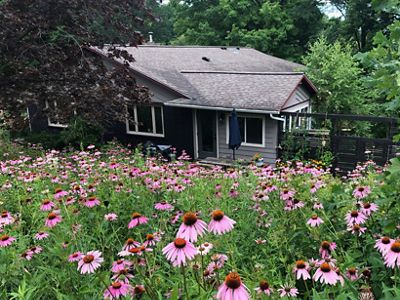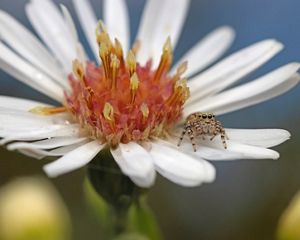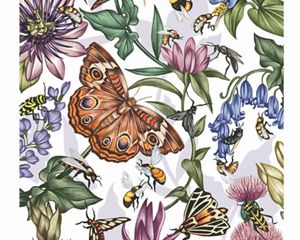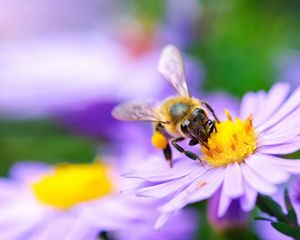Convert Your Yard into a Pollinator Paradise
Transitioning your yard’s overlooked and underused spaces to host native plants for nature and people is more approachable—and vital—than ever!
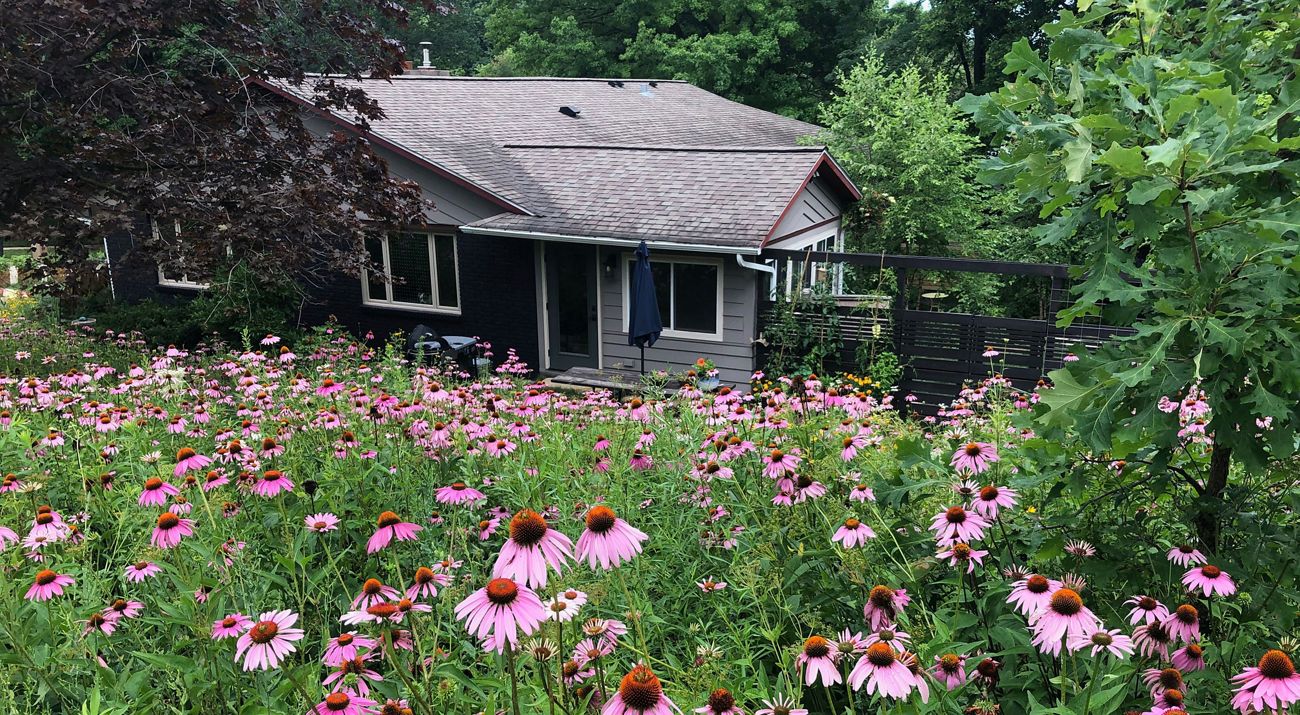
Why Should I Plant a Pollinator Garden?
Grass lawns have become a mainstay of American neighborhoods. We pressure each other to keep our yards perfectly mowed and green. But traditional grass lawns are often ecological disasters, frequently requiring dangerous chemicals and pesticides to maintain. Grass yards require lots of water and are deadly to essential insects and other animals that help keep nature in balance.
Pollinators—species like butterflies, bees, moths, hummingbirds and other birds, beetles and bats—rely on a diverse mix of native plants to survive and thrive. As a result of overdevelopment, pollution and habitat destruction, we’re facing a dramatic decrease in pollinator populations worldwide, a fact that threatens our food supply and many other vital services.
Scientists estimate that three-fourths of the world’s flowering plants and about 35% of the world’s food crops depend on animal pollinators to reproduce. That’s about one out of every three bites of food we eat that exists because of animal pollinators.
The good news is that we can all play a part in reversing the downward trend by lending a helping hand to our pollinator friends right in our own backyards. Efforts as simple as planting a window box with native plants make a difference. If you have a yard to work with—even a small patch—converting that grass to native flowers and plants is a great way to restore balance to your local ecosystem.
Native gardening is good for our air, our water, wildlife and us! Once established, native plants save time and money by reducing the need for fertilizers, pesticides, water and lawn maintenance equipment. It’s a win-win for people and nature!
How Do I Get Started on a Pollinator Garden?
Starting a project like this can feel a little daunting at first. Thankfully, there are plenty of experienced teachers ready to offer a helping hand and demystify the process.
Stephanie Judge is the former Conservation Project Manager for The Nature Conservancy in Wisconsin and has spent years leading a major restoration effort at Chiwaukee Prairie. She also has converted the grass lawn around her home into a beautiful native prairie. In this video presentation, follow along as Steph gives step-by-step instructions for how to tackle your own native yard project, including siting, seed selection and sourcing, techniques for removing the old yard and planting the new seed and notes about the many benefits to you and nature.
Download the Guide
Get this downloadable/printable, step-by-step PDF guide on how to plant your yard for pollinators.
As a supplement to Steph’s step-by-step guide, you may also want to check out this Homeowner’s Guide to Landscaping with Native Plants to Ward Off Invasives & Benefit Wildlife from the Midwest Invasive Plants Network. See also their Landscape Alternatives to Woody Invasives.
If you’re struggling to deal with invasive plants on your property, the Midwest Invasive Plant Network is always an excellent resource for weed identification, control and native plant replacement options. The Woody Invasives of the Great Lakes Collaborative also provides an excellent guide to controlling problem plants.

Stay connected for the latest news from nature.
Get global conservation stories, news and local opportunities near you. Check out a sample Nature News email
What Are Some Native Plant Resources?
If you want to add native plants to your garden but are not sure where to start, here are a few resources that Stephanie recommends for helping you find the right plants for your yard:
Wisconsin DNR’s Native Plant Guide
Illinois DNR Native Plant & Habitat Guide
Michigan DNR Native Wildflowers / Grasses and Ground Covers
Native Plants for All Seasons
It’s important to choose a seed mixture that fits the requirements of your local climate and soil type—and that will provide color and interest year-round!
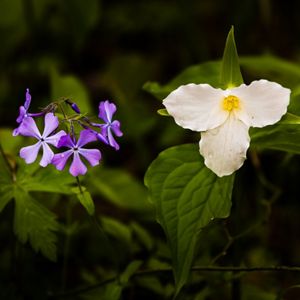
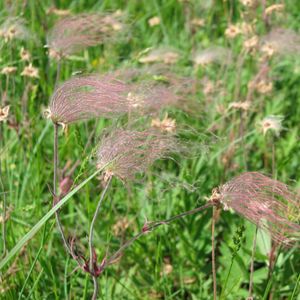
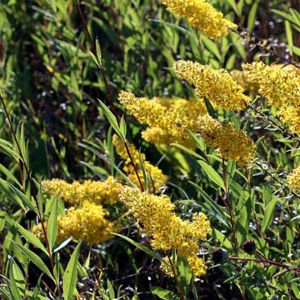
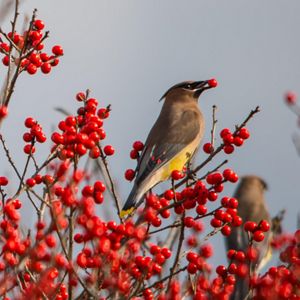

Springtime Native Flowers: Blue Phlox and Trillium © Michael D-L Jordan

Summer Native Flowers: Prairie Smoke © Steve S. Meyer

Showy Goldenrod: Autumn is when this native flower really shines. © Emily Mills / TNC

Winterberry Shrubs: This native plant displays bright red berries that provide food for birds even in the coldest months. © Tom Hamilton
There are many good sources for native trees, plants and seeds. Search your state’s listings for local municipal native plant programs, county tree and native plant sales, fundraisers for non-profits, state-based nurseries, county conservationists and land and water conservation departments, university extension programs and reputable private suppliers.
Many states' Departments of Natural Resources provide great guides for naturalizing shorelines, creating smaller garden plots, raingardens and window gardens and university extension programs are typically fantastic resources for education and renting needed equipment for larger projects.
Now go out there and get planting!
Support Our Work in the Midwest
Help us protect these lands and waters for future generations of people and wildlife.
Donate Now